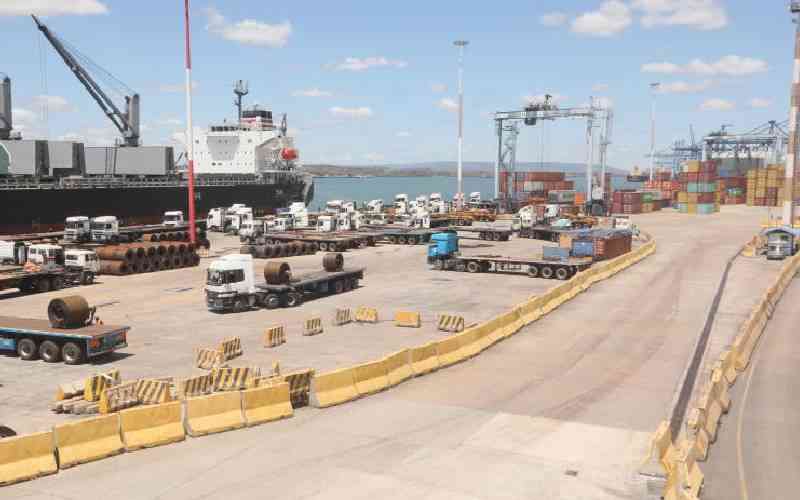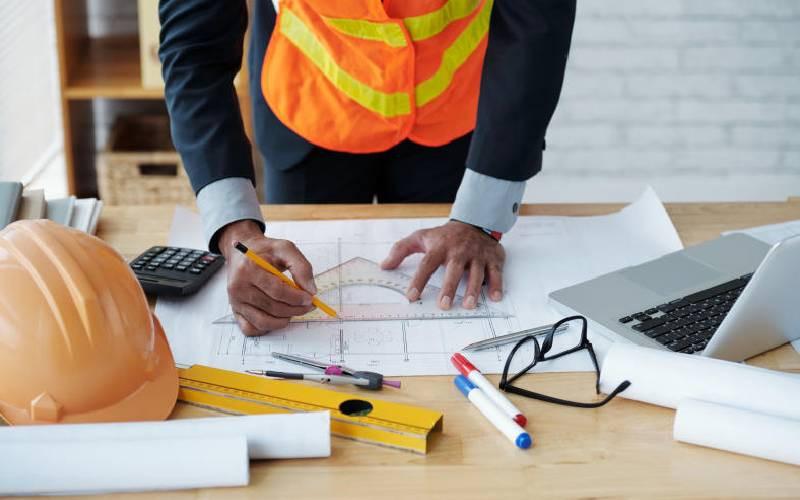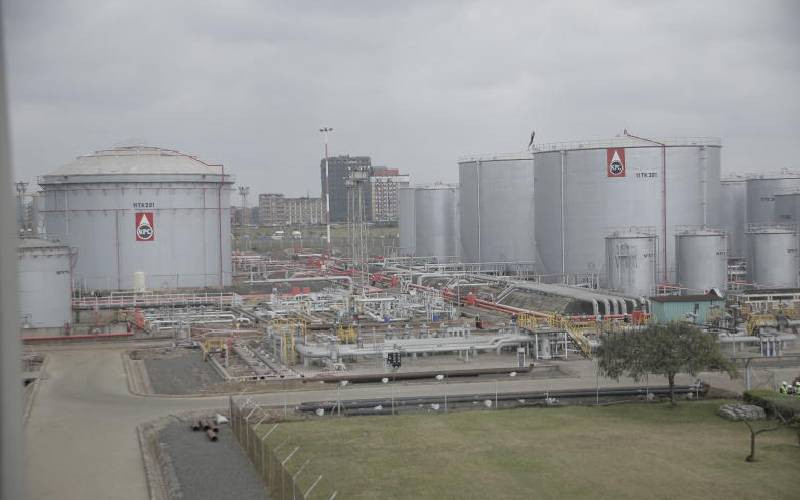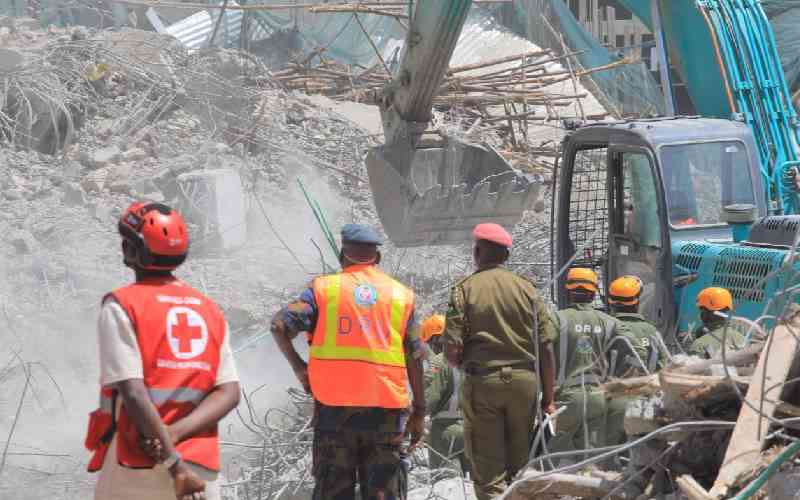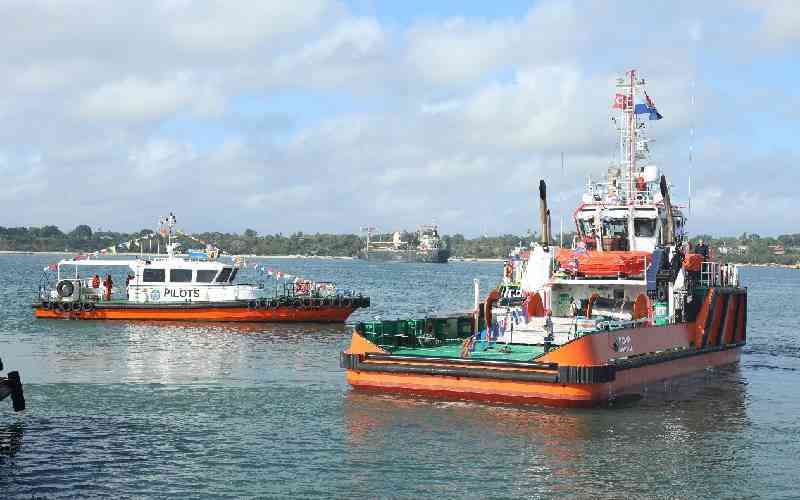×
The Standard e-Paper
Home To Bold Columnists
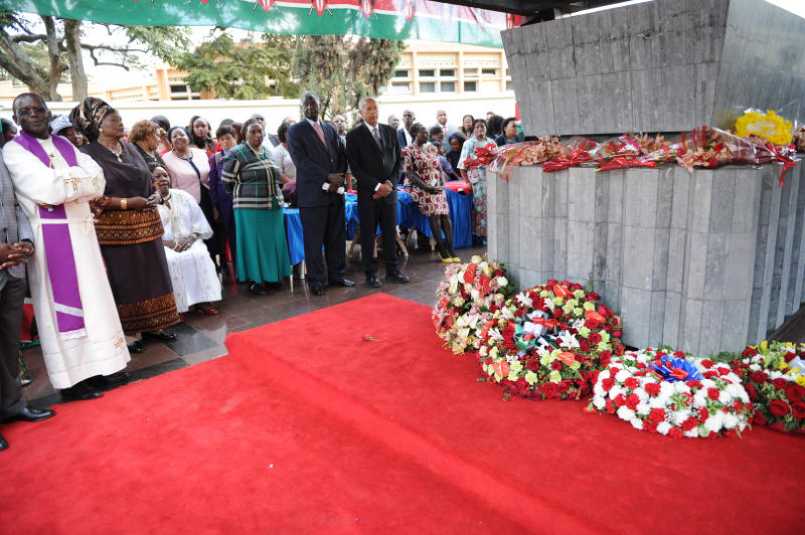
Chruch leaders and relatives gather around the mausoleum of the late first Kenya's President Mzee Jomo Kenyatta during the 38 Anniversary memorial service in Nairobi on 22nd August, 2016 . [File, Standard]
Mzee Jomo Kenyatta’s mausoleum is among the few architectural masterpieces that are rarely open to the public. The facility, right in the heart of Kenya’s capital city, Nairobi, is heavily guarded and prior arrangements must be made before paying it a visit.
